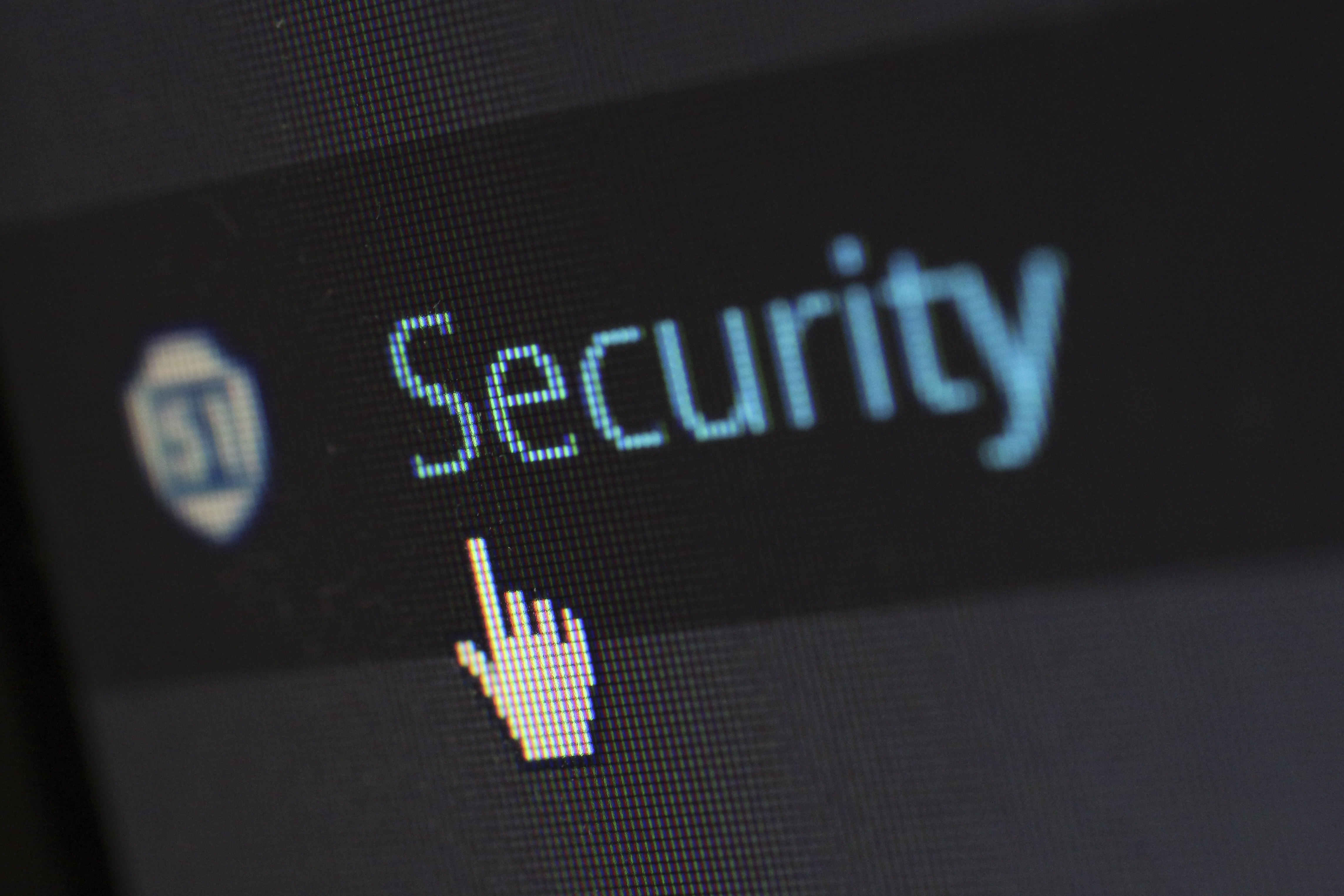
Cyber threats are increasing in complexity, and innovative security systems are needed to combat them. AI and automation will be the future when it comes to overcoming these threats. They allow for more robust defenses and quicker response times.
Implement Threat Detection and Response Automation
Machine learning and artificial intelligence allow systems to analyze large volumes of data from networks and endpoints to detect anomalous activity that may indicate threats. By training algorithms on different attack patterns, machine learning models can flag potential incidents for human review. Cloud-based analytics make accessing these AI detection capabilities scalable for organizations. When a threat is detected, automation can instantly block suspicious IP addresses, disable user accounts, or isolate infected endpoints before major damage occurs. Contact Genetec for more information on these security measures.
Security orchestration, automation, and response (SOAR) platforms play a key role as well. SOAR solutions integrate siloed security tools into a centralized system, standardize threat data, and enable automated response playbooks. These playbooks codify and automate best practices for responding to high-fidelity threats. Chatbots can also be implemented on SOAR platforms, serving as virtual security analysts to further scale expert human knowledge.
Overall, technologies like machine learning, AI, automation playbooks, and SOAR platforms help transform threat detection and response from a largely manual process to something far more rapid, standardized, and efficient at scale. Security teams are then freed to focus more on high-level tasks like threat hunting, improving defenses, and reducing organizational risk.
Centralize Security Data and Tools
Organizations face an increasingly complex security landscape with data and tools siloed across devices, networks, and teams. Security information and event management (SIEM) solutions help centralize this disparate data to gain greater visibility and enable faster threat detection and response. Modern SIEM platforms integrate with diverse data sources like firewalls, endpoints, cloud services, and more to collect, normalize, analyze, and correlate security data. This gives security teams a unified view across the organization’s attack surface rather than having to manually piece together data from multiple dashboards or reports.
Beyond centralized data, some SIEMs also provide a platform to manage the security toolkit. Orchestration and automation capabilities allow analysts to take standardized actions like quarantining endpoints or banning IPs directly from the SIEM interface. Machine learning further strengthens analysis to uncover advanced threats that rules-based correlation might miss. With comprehensive visibility, workflow integration, and intelligent analytics in one solution, security teams can maximize efficiency and minimize risk. The right SIEM becomes a force multiplier that allows lean security teams to do more with their time and tools.
Innovate Protection with AI and Analytics
As attackers employ more sophisticated techniques, security leaders must harness AI and advanced analytics to keep defenses effective. Machine learning algorithms perform tasks human analysts cannot, like:
- Detecting subtle indicators of compromise in enormous datasets- Uncovering complex relationships between threats- Predicting emerging attack trends
These capabilities allow security teams to get ahead of threats and preempt attacks. AI and analytics turn enterprises into proactive security organizations with robust threat intelligence guiding strategic decisions.
The Future of Security Technology
Cutting-edge tools like extended detection and response solutions provide a portal into endpoints to reconstruct attacks, understand the extent of breaches, and contain damages. As cyber adversaries grow more cunning, real-time attack investigation and remediation will become crucial.
For stronger data protection, multifactor authentication, end-to-end encryption, and passwordless login systems offer vault-like security without compromising user experience. As quantum computing looms, enterprises must prepare to integrate post-quantum cryptography.
By embracing revolutionary new security paradigms along with proven technologies like automation, analytics, and orchestration, security leaders can build resilient defenses for the organization going forward. The right foundation sets a proactive, nimble security posture ready to counter the threats on the horizon.
